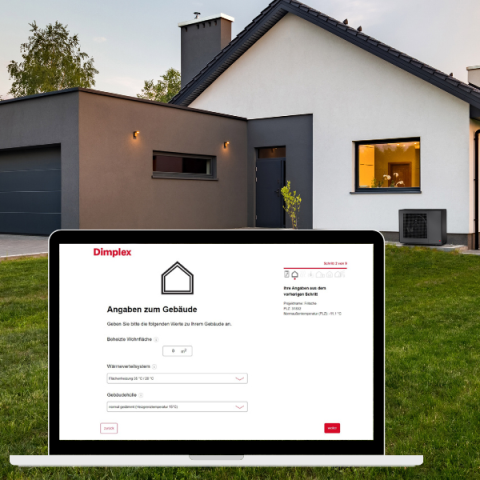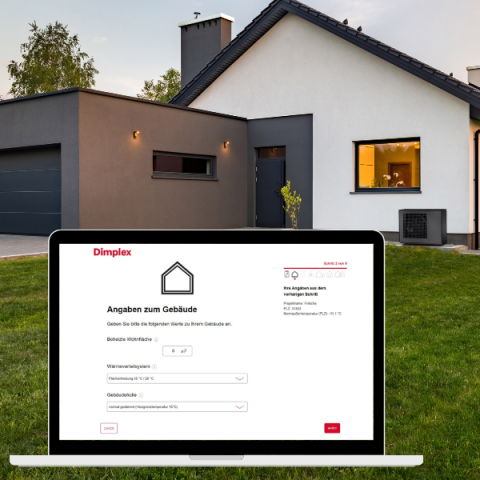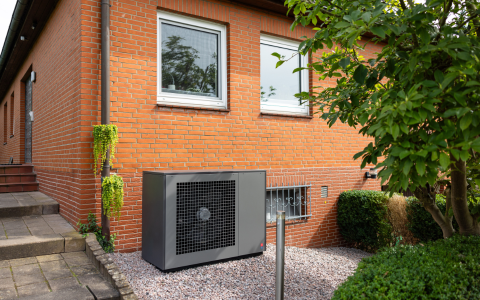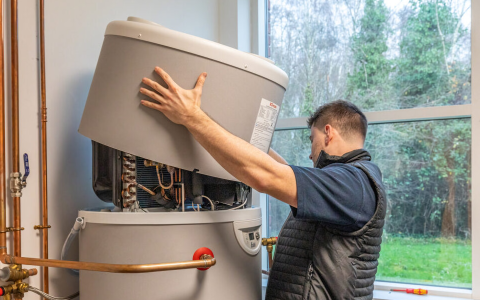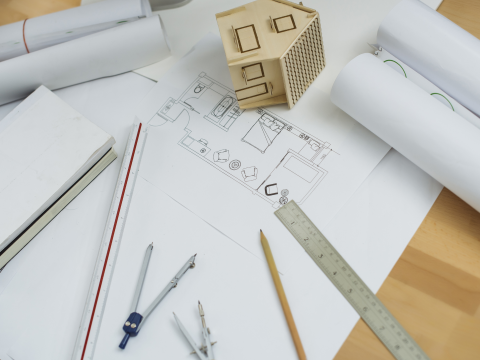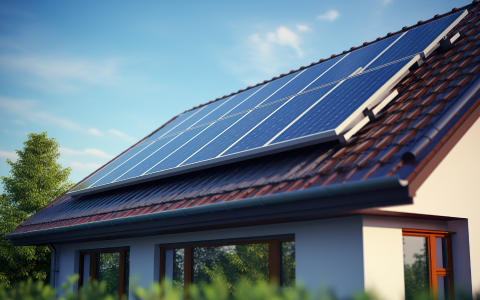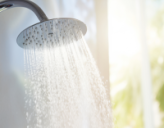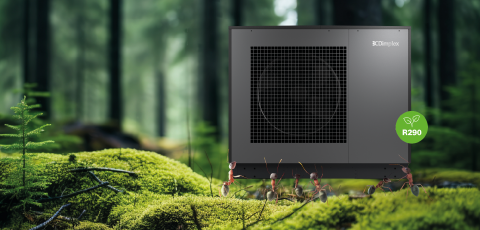
Planer, Architekten und Berater
Mit den Tools und Anwendungen rund um Dimplex Wärmepumpensysteme erleichtern wir Ihnen die Planung Ihres Projekts.
In 3 Schritten zur richtigen Wärmepumpe!
Finden Sie Ihre maßgeschneiderte Wärmepumpe für Sanierung oder Neubau.
So einfach geht’s:
1. Persönliche Daten eintragen
2. Informationen zum Gebäude und Projekt eintragen
3. Bestätigen und absenden
Experience Better Living
Wir bieten intelligente Systemlösungen für mehr Wohlgefühl
Die intelligenten Systemlösungen von Dimplex verhelfen Ihnen mit minimalem Energieverbrauch zu maximaler Lebensqualität. Als einer der international führenden Hersteller in den Bereichen Wärme, Kälte und Lüftung ist Dimplex seit 50 Jahren der perfekte Partner an Ihrer Seite.
Elektrowärme, Wärmepumpe, Warmwasser und Lüftung – mit nachhaltigen und innovativen Lösungen sorgen wir für eine umfassende Klimatisierung im elektrisch betriebenen Haus der Zukunft. Im Fokus stehen dabei nicht einzelne Produkte, sondern vor allem intelligente Systemlösungen, die für mehr Wohlbefinden in Ihrem Alltag sorgen.
Langlebige Produkte sowie ein verlässlicher Service sind unser Anspruch. Egal ob bei Neubau oder Sanierung – wir entwickeln Lösungen, die gerade im Zusammenspiel ihre Stärke zeigen und bis ins Detail miteinander harmonieren. Als starker Servicepartner an Ihrer Seite gestalten wir so gemeinsam mit Ihnen die Zukunft des Heizens, Kühlens und Lüftens.
Alle Downloads im Überblick
Entdecken Sie unser gesamtes Angebot an Downloads, mit denen Sie unsere Dimplex-Produkte optimal nutzen können. Test.
Sanieren mit Wärmepumpe
Alles über eine Sanierung oder Renovierung mit einer Wärmepumpe erfahren.
Wärmepumpe im Neubau
Wärmepumpen sind im Neubau die perfekte Möglichkeit für eine umweltfreundlicher und kostengünstiger Wärmeerzeugung. Erfahren Sie hier alle Gründe.
Kühlen mit der Wärmepumpe
Mehr als Heizen - Die Wärmepumpe kann an heißen Tagen auch kühlen.
Produktbereiche
Eine Produktpalette, die Heizungs- und Lüftungslösungen vom Kleinhaus bis zum Apartment- und Geschäftskomplex umfasst – Dimplex hat die Lösung für Sie
Gut beraten
Sie haben Fragen? Dann kontaktieren Sie uns einfach über unser Kontaktformular!
